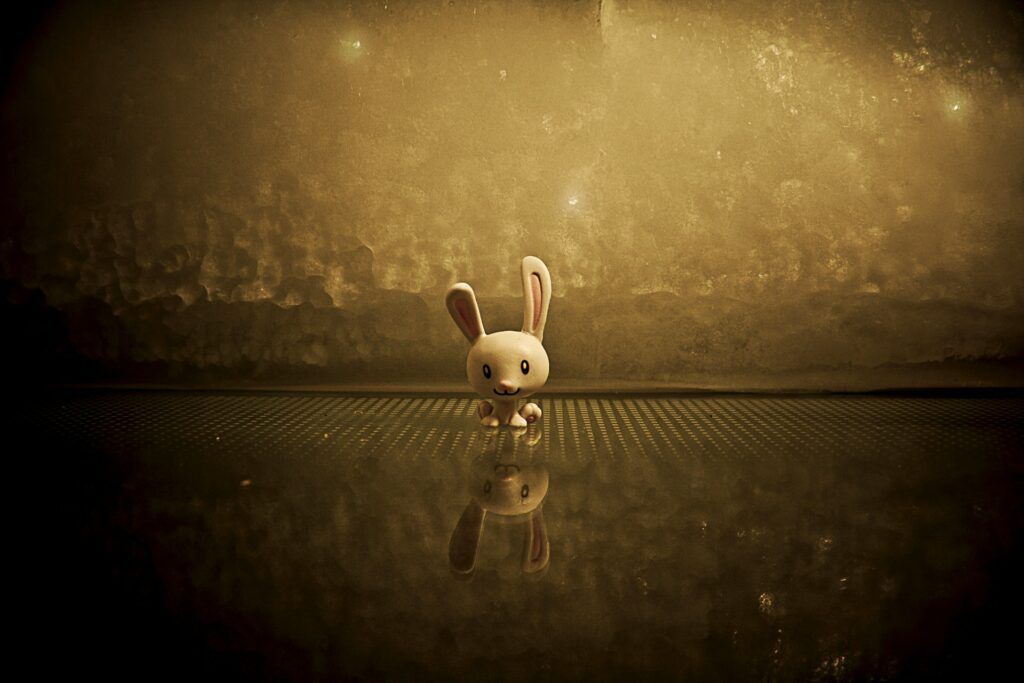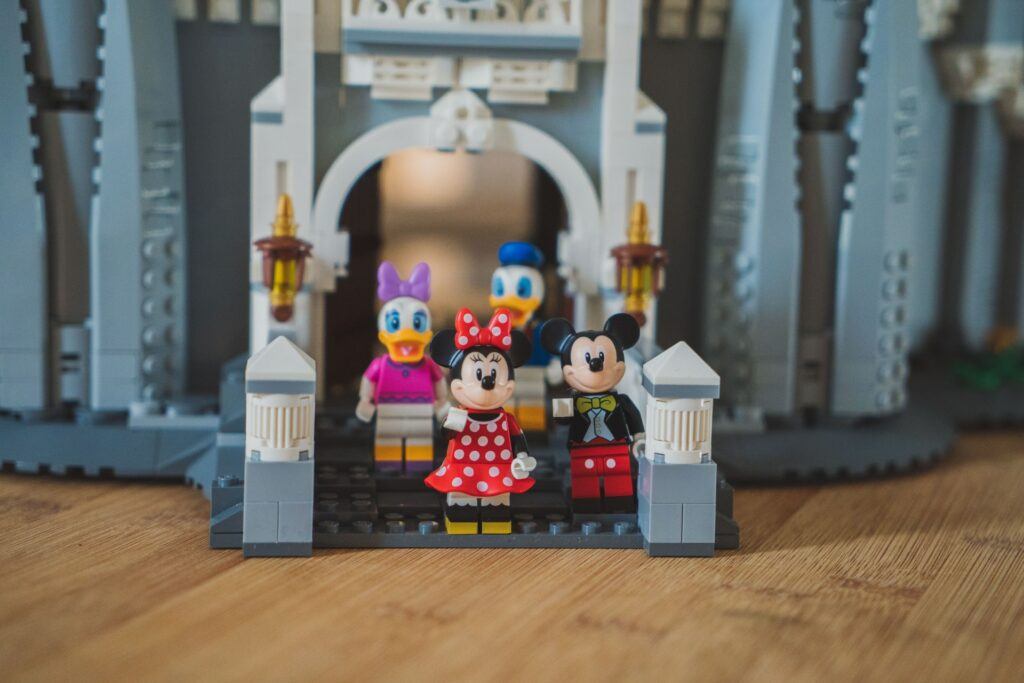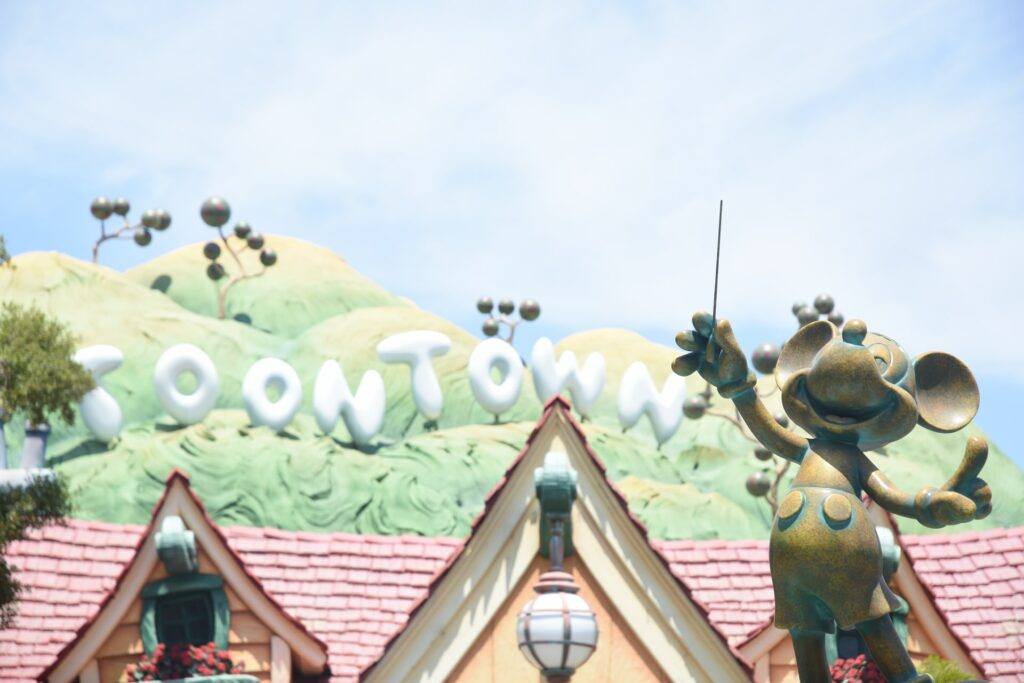Addicted to Anime may be found on almost any subject. Addicted Anime is more of a medium than a genre, therefore this Japanese style of animation and storytelling may be seen in practically any genre.
If you have a Netflix account, sign in and choose “Anime” from the list of series and movies. There are categories such as “Romantic Anime,” “Goofy Anime,” “Exciting Supernatural Anime,” “Friendship Anime,” “Comedy Anime,” and other similar shows are available.
While there are a few adult cartoons (such as South Park, Archer, and Bojack Horseman), cartoons are primarily thought of as children’s entertainment in the United States. Disney movies are popular among children. Cartoon Network is popular among tweens.
A large part of anime’s current appeal is that it provides a lot of happiness while also stimulating positive feelings. It is common knowledge among teenagers to have seen at least two addicted anime series. Thus, it comes as no astonishment that anime is among my preferences. OVERLORD, an anime series with wonderful and astounding plots, is what I’m currently watching. As a result, despite having only seen the first three episodes, I’m already a fan.
Because addicted anime is frequently aimed at both teens and adults, it appeals to teenagers who want to be considered adults. It tackles universal topics including love attraction, teen relationships, sadness, and the despair that can arise when things don’t go our way.
Important Anime Terms Are Defined As Follows:
Otaku is a Japanese word that means “nerd” or “geek” in English. In Japan, it denotes a lack of social life as a result of an obsessive pastime (typically anime/manga). In the United States, the term “otaku” has a less pejorative meaning.
The term “otaku” refers to die-hard anime enthusiasts. MVPerry explains the differences between “otaku,” “weeaboo,” and “weeb” in this short YouTube video.
Weeaboo:
A person who is completely enamored with Japanese culture (language, food, customs, and of course, anime and manga).
This individual may use Japanese terms in everyday discussions and aspire to live in or be Japanese. Someone who enjoys anime is referred to as a “weeb.” This phrase is often used as a derogatory slur.
Normie:
A well-known person with no specific interests or viewpoints.
In the anime world, a normie only watches the most popular anime from the sidelines. If asked about their affinity for anime, they may deny it because they’re more mainstream or hip.
Subbed anime is Japanese animation with English subtitles so that viewers may follow along.
Dubbed:
Anime that has been dubbed over by English-speaking voice actors, eliminating the need for subtitles. If you’re curious about the various types of anime characters, this YouTube video delves into a handful of them as well as anime fan culture.
Tsundere:
A character that first appears cold or unfriendly to their love interest but warms up as the episode develops.Can swing from angry to sweet in a violent manner.
Kuudere:
A character that initially appears calm, cool, and cynical before gradually displaying more emotion. Dander is a very timid character who can only open out in the presence of the appropriate people.
Yandere is a figure who appears to be lovely and gentle but is actually insane psychotic.
Moe:
A sweet, endearing, and innocent character for whom you have strong protective feelings. Cosplay is an abbreviation for “costume play.” It entails dressing up as a fictional figure.
Participants can dress up as characters from any book, movie, show, or comic, and cosplay isn’t confined to anime.
So, Why Do Teenagers Enjoy It?
Characters that are relatable:
Anime characters are frequently outcasts, struggling to make friends, dealing with shyness, and simply wanting to fit in.
Anime satisfied a need that was not being met by American television shows or children’s cartoons. In the 1990s, Jason DeMarco worked as an associate creative at Toonami.
Explain why minority teenagers are drawn to anime like Dragon Ball Z:
Anime was unafraid to talk about sexuality and mental health issues long before American TV shows and movies did. Anime has long been regarded as an inclusive type of art, depicting same-sex couples and including non-White protagonists.
It’s no longer considered nerdy: Anime used to be associated with nerdiness, but now that major streaming companies such as Netflix and Hulu provide anime, the stigma has faded.
It is accessible to everyone! Otter Media’s head of communications, Joellen Ferrer, acknowledges the diversity of anime fans: “It’s been extremely exciting to see the continuous mainstreaming of anime, especially in the last two years.
Anime is popular among entertainers, celebrities, and athletes. There are a number of players who say, “I grew up watching Naruto.”
There are internet forums for those who are more strongly committed to anime. Creating fan art and fan stories, as well as discussing recent episodes.
In today’s digital environment, finding others who share your interest in Japanese culture is a breeze. Because anime is popular all around the world, anime fandom frequently crosses geographical and cultural boundaries.
The animation style is fanciful, innovative, and gorgeous, making it visually appealing. Many television shows lack the financial resources to invest in special effects and wild graphics.
Because anime is illustrated, it offers visual intrigue and vivid imagery without requiring a large financial investment. Because an artist can imagine something in their head, they can sketch it on paper, the world-building in an anime series can be enthralling.
Cultural awareness:
Anime can help people become more conscious of their racial and cultural identities. According to a 2014 study conducted by the MPRA, Korean adults who watch anime are more tolerant of their Japanese coworkers.
Inclusion is important to Gen Z, and they want everyone’s voice to be heard. Anime appeals to them because it provides a glimpse into a foreign culture with different customs and values. Anime expands their worldview and teaches them that cultural differences are gifts from God that should not be avoided or minimized.
Over the decades, anime and manga had also grown in popularity among American teens, thanks in part to Japanese anime, which shattered the stereotype that cartoon characters are just for kids. Manga, such as music and film, has a wide range of subgenres, the much more famous of which is action-oriented Shounen. However, Shounen manga and anime, which target boys aged between 12 and 18, has amassed a worldwide fan base.






















